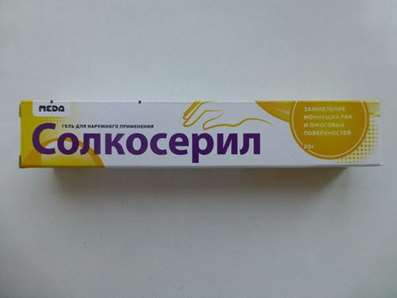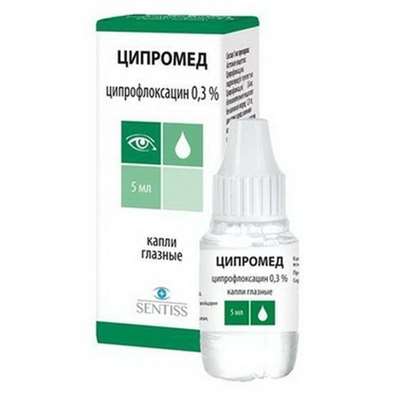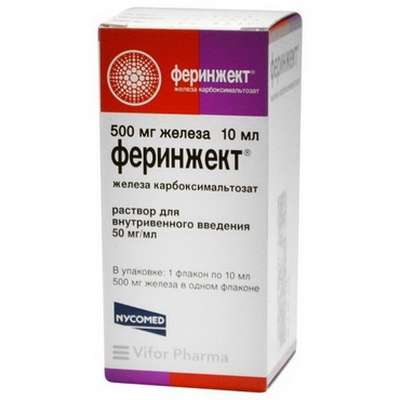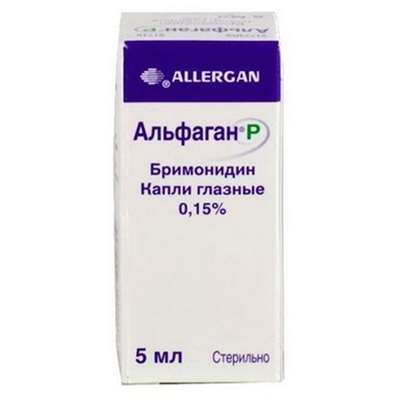Instruction for use: Willebrand factor
I want this, give me price
Trade name of the drug – Wilfactin
Pharmacological group:
Coagulants (including coagulation factors), hemostatics
The nosological classification (ICD-10)
D68.0 Von Willebrand's Disease: Von Willebrand's Disease; Villebrand-Jurgens disease; Angiogemophilia; Willebrand-Jurgens constitutional thrombopathy; Willebrand-Jurgens syndrome
Characteristics of the substance Willebrand factor
Willebrand human factor with an activity of 1000 IU is a hemostatic agent. The activity of von Willebrand factor is determined by the method of dosing the ristocetin cofactor FV: ROC with respect to the international standard for the concentrate of von Willebrand factor (WHO).
Pharmacology
Mode action - Hemostatic.
Pharmacodynamics
Corrects haemostatic abnormalities in patients with a deficiency of vWF (Willebrand disease) at two levels:
- restores the adhesion of platelets to the vascular subendothelium at the injury site (by binding to the subendothelium and platelet membrane), providing primary hemostasis, which is manifested in a decrease in bleeding time. The effect manifests itself immediately and largely depends on the level of multimerization;
- delayed correction of the concomitant deficiency of endogenous factor VIII and stabilizes its content, preventing rapid degradation.
Replacement therapy with von Willebrand factor normalizes the factor of coagulation factor VIII after the first injection. This effect is prolonged and persists during subsequent injections of von Willebrand factor.
Pharmacokinetics
A study of the pharmacokinetics of von Willebrand factor was performed in 8 patients with type 3 von Willebrand disease by the dosing of the ristocetin cofactor (FV: RCO). Cmax was observed 30 to 60 minutes after administration.
With a single administration of von Willebrand factor at a dose of 100 IU / kg, AUCo-∞ is 3444 IU / dl, the average clearance is 3.0 ml / h / kg. T1 / 2 is within 8-14 hours (an average of 12 hours)
With the introduction of von Willebrand factor, the increase in the content of factor VIII: C occurs gradually and reaches normal values after 6-12 hours. The content of factor VIII: C increases by an average of 6% (6 IU / dl) per hour. Therefore, even in patients with an initial level of factor VIII: C below 5% (5 IU / dl), starting at the 6th hour, the factor VIII: C level reached about 40% (40 IU / dL) and was maintained for 24 hours.
Application of the substance Willebrand factor
Prevention and treatment of bleeding in patients with von Willebrand's disease (including use before planned and emergency surgical or invasive interventions to reduce blood loss).
Contraindications
Hypersensitivity to the components of the preparation of von Willebrand factor, hemophilia A (due to the low content of factor VIII), age to 6 years (the use of von Willebrand factor in children younger than 6 years in clinical studies has not been studied).
Application of pregnancy and breastfeeding
Controlled studies of von Willebrand factor in pregnant women have not been conducted. Data on the reproductive toxicity of von Willebrand factor and its entry into the milk of animals are absent. The safety of vWF is not established for pregnant women, so it is not recommended to use it during pregnancy and during breastfeeding, unless the potential benefit to the mother is significantly greater than the possible risk to the fetus and infant.
Side effects of Willebrand factor
Side effects of von Willebrand factor are classified according to the WHO recommendations on the incidence: very often (≥10%); Often (> 1, but <10%); Infrequently (≥0.1, but <1%); Rarely (≥0.01, but <0.1%); Very rarely (<0.01%); Frequency is not known (cannot be set based on available data). Undesirable drug reactions to von Willebrand factor, according to MedDRA classification, are given below.
From the immune system: infrequently - hypersensitivity reactions or allergic reactions; Very rarely - severe anaphylactic reactions (Quincke's edema or anaphylactic shock).
Disorders of the psyche: infrequently - anxiety.
From the side of the central nervous system: infrequently - headache, drowsiness.
From the CVS: infrequently - tachycardia, hypotension, hot flashes.
From the respiratory system, chest and mediastinal organs: infrequently - shortness of breath.
From the gastrointestinal tract: infrequently - nausea, vomiting.
From the skin and subcutaneous tissues: infrequently - a rash, generalized urticaria, skin itching, a sensation of crawling.
General disorders and reactions at the injection site: infrequent - burning or tingling at the injection site, chills, a feeling of restless breathing; Rarely - a fever.
Other: very rarely - the formation of neutralizing antibodies (inhibitors) to the von Willebrand factor, especially in patients with type 3 von Willebrand disease. In a clinical study of von Willebrand factor in 62 patients, of which 23 were of the third type of vWD, no formation of inhibitors after the administration of vWF was recorded. The presence of inhibitors manifests itself in the form of an inadequate clinical response (the expected level of EF: RBC in the blood plasma is not achieved or bleeding is difficult to control with an adequate dose of the drug) and may be associated with an increased risk of anaphylactic reactions.
Interaction
It should not be mixed with other drugs.
Infusion / infusion agents made only of polypropylene should be used, since the adsorption of human plasma proteins onto the internal surface of the injection / infusion means can lead to ineffective treatment.
Clinically significant interactions of von Willebrand factor with other drugs are not known.
Overdose
There are no reports of cases of overdose of von Willebrand factor.
In the case of a significant overdose, the development of thromboembolic complications is possible.
Routes of administration
IV.
Precautions for Willebrand factor
In cases of bleeding in patients at the initial stage of treatment, concomitantly with the factor of von Willebrand, it is recommended to introduce factor VIII.
Patients should be monitored during the entire period of vWF introduction to detect early signs of allergic or anaphylactic reactions. Patients should be informed of early manifestations of hypersensitivity reactions, including pruritus, urticaria, chest tightness, dyspnoea, hypotension, and anaphylactic reactions. If such symptoms appear, stop the introduction of von Willebrand factor immediately. With anaphylactic shock treatment is conducted in accordance with the current recommendations.
There is a risk of thromboembolic complications, especially in patients with risk factors. Therefore, patients from the risk group should be observed to identify early signs of thrombosis. Prevention of venous thromboembolism should be carried out in accordance with current recommendations.
After correction of the lack of von Willebrand factor, due to possible risk of thrombosis, early signs of thrombosis or disseminated intravascular coagulation should be identified and thromboembolic complications should be prevented in accordance with current recommendations.
In patients with Willebrand disease, especially type 3, neutralizing antibodies (inhibitors) to the von Willebrand factor can be formed. The presence of inhibitors manifests itself in the form of an inadequate clinical response (the expected level of EF: RBC in the blood plasma is not achieved or bleeding is difficult to control with an adequate dose of the drug). If the expected EF: plasma RV is not achieved, or if bleeding is difficult to control with an adequate dose, laboratory tests should be conducted to determine the presence of vWF inhibitors. In patients with a high level of inhibitors, the use of von Willebrand factor may not be effective enough and other therapeutic options should be considered. Treatment of such patients should be performed by a doctor who has experience in the treatment of blood clotting disorders.
The presence of antibodies to von Willebrand factor may be associated with an increased risk of anaphylactic reactions. Therefore, in all patients with anaphylactic reactions or in case of ineffective treatment, it is necessary to conduct appropriate biological studies to determine the presence of inhibitors.
Standard measures to prevent the risk of transmission of infectious agents via drugs made from human blood or plasma include: clinical selection of donors, screening of individual blood samples and batches of plasma for specific markers of infections. Procedures for inactivation and removal of viruses are included in the production process. Nevertheless, when using drugs made from human blood or plasma, the risk of transmission of infectious agents can not be completely ruled out. This also applies to unknown or only detectable viruses or other types of infectious agents.
The drug is effectively protected from enveloped viruses: HIV, hepatitis B and C, but there is no full guarantee of protection against non-enveloped viruses of hepatitis A and parvovirus B19. Parvovirus B19 is most dangerous for pregnant women (fetal infection), for people with immunodeficiency and for patients with hemolytic anemia.
Patients who are systematically receiving coagulation factors are advised to undergo the necessary vaccination against hepatitis A and B.
Impact on the ability to drive vehicles and engage in other potentially hazardous activities. The von Willebrand factor does not affect the ability to drive vehicles and engage in other potentially hazardous activities requiring increased concentration of attention and speed of psychomotor reactions.

 Cart
Cart





